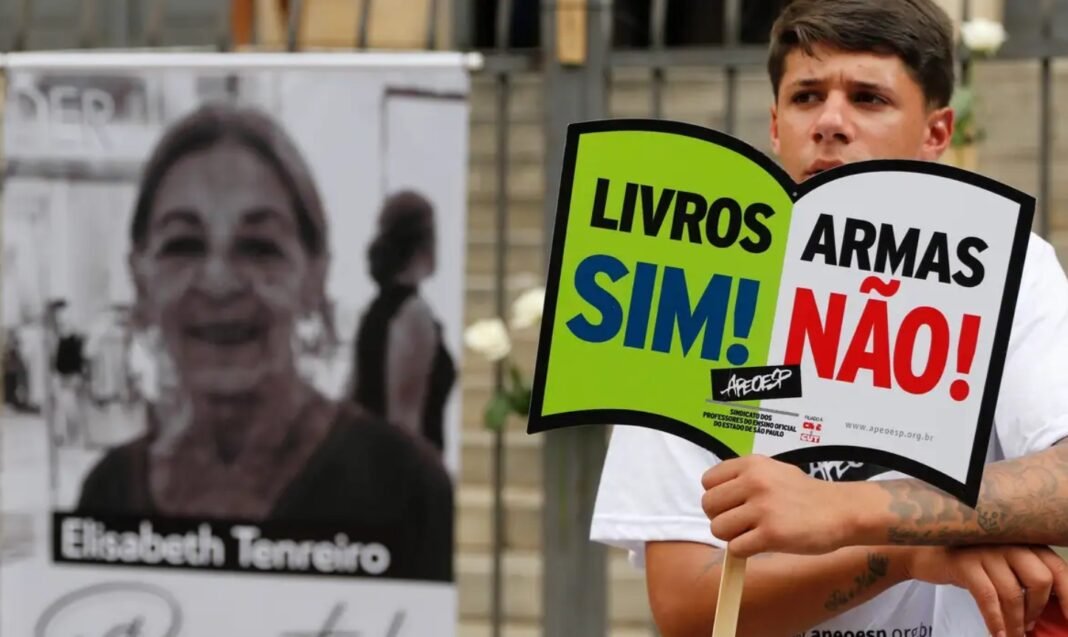The number of cases of violence in schools has more than tripled over the past 10 years, reaching its highest level in 2023, according to an analysis of national data by the São Paulo State Research Support Foundation (Fapesp), released on Monday (14/04). That year, according to the Ministry of Human Rights and Citizenship (MDHC), 13,100 patients were treated in public and private health services after incidents of self-harm, suicide attempts, or psychological and physical attacks within the educational context. In 2013, there were 3,700 such cases.
This Content Is Only For Subscribers
To unlock this content, subscribe to INTERLIRA Reports.
Physical Assault
Half of the reported incidents involved physical assault. These were followed by psychological or moral violence (23.8%) and sexual violence (23.1%). In 35.9% of cases, the aggressor was a friend or acquaintance of the victim.
Main Types
The Ministry of Education (MEC) categorizes school violence into four main types:
- Extreme aggression, involving premeditated and lethal attacks, such as the 2023 daycare center tragedy in Blumenau, where four children were killed
- Interpersonal violence, involving hostility and discrimination among students and between students and teachers
- Bullying, defined as repeated physical, verbal, or psychological intimidation
- Incidents in the surrounding areas, such as drug trafficking, shootings, thefts, or robberies.
Factors for the Increase
According to Fapesp, several factors contributed to the spike in violence between 2022 and 2023, including:
- The growing devaluation of teachers in public perception
- The normalization of hate speech, diminishing its perceived harm
- Poor school infrastructure
- Exposure to violence at home
- Failures in conflict mediation efforts
- Lack of preparedness by state education departments to address issues like misogyny and racism.
Other Causes
The rise in recorded cases can also be attributed to improved hospital reporting systems and the growth of “virtual morbid communities”—online groups formed around harmful and destructive ideologies.
Analysis:
The sharp rise in school violence in Brazil—more than tripling in the past decade and peaking in 2023—is a troubling indicator of broader societal challenges. The data from Fapesp and the Ministry of Human Rights show that schools are increasingly becoming spaces where students suffer physical, psychological, and even sexual violence. Half of the reported cases involve physical aggression, while nearly a quarter stem from psychological abuse, often inflicted by peers. This reflects not only the failure of school discipline and infrastructure but also a growing normalization of violence among youth.
Several structural and cultural factors are contributing to this crisis. The devaluation of teachers, inadequate conflict mediation, exposure to domestic violence, and poor school infrastructure all undermine the sense of safety within educational spaces. In addition, the spread of hate speech and harmful ideologies through online platforms has played a major role in radicalizing young people and encouraging violent behavior.
Sources: G1.




